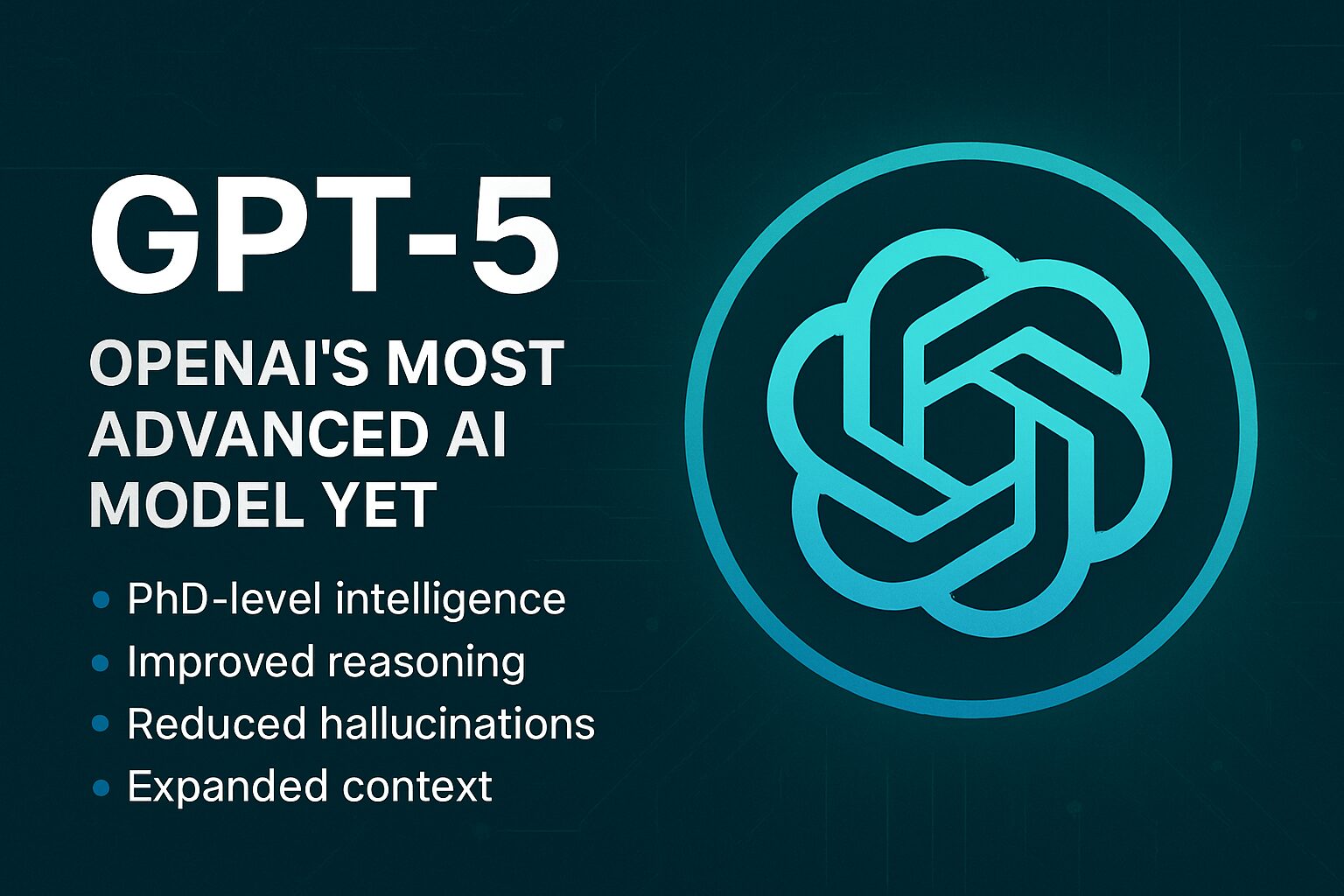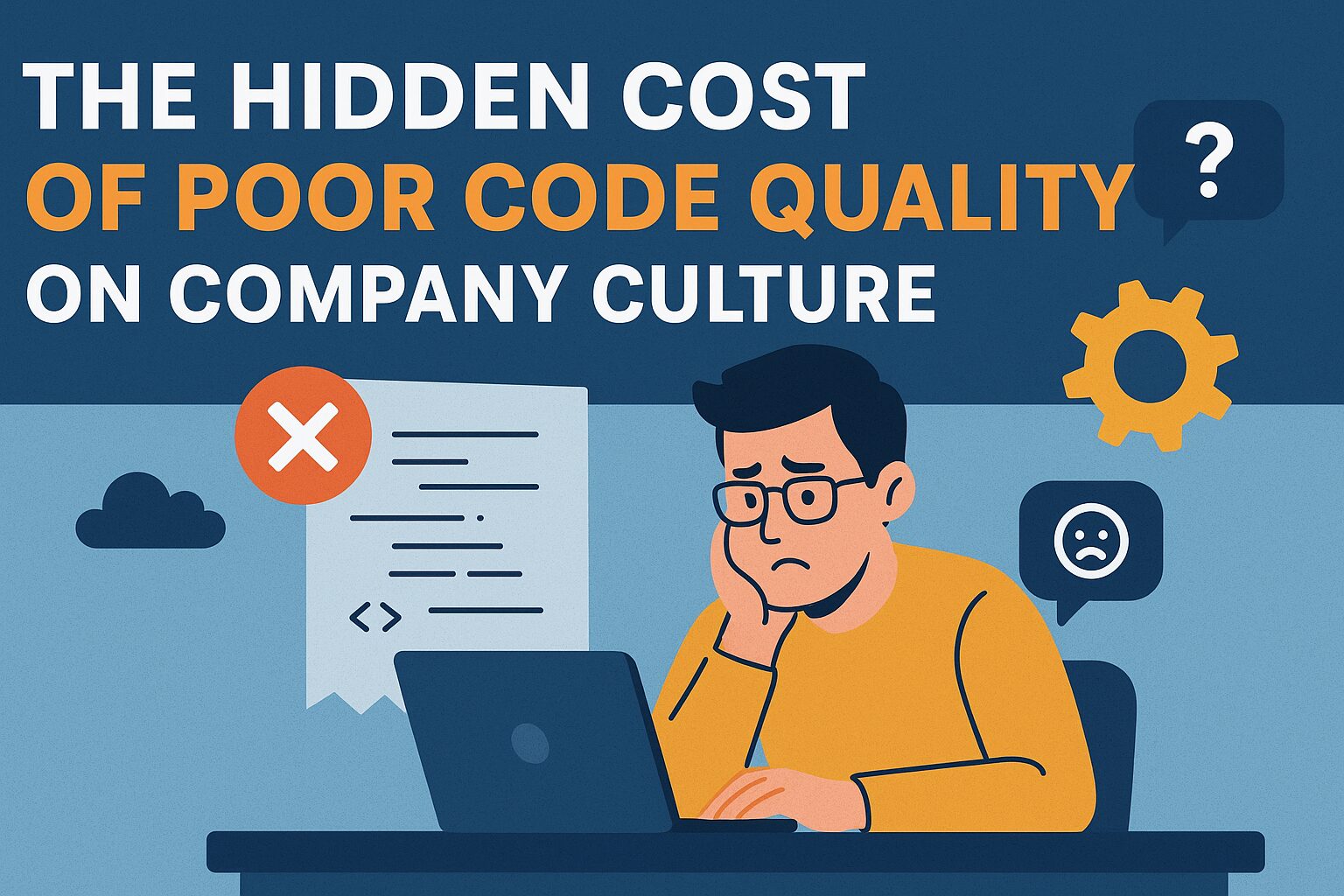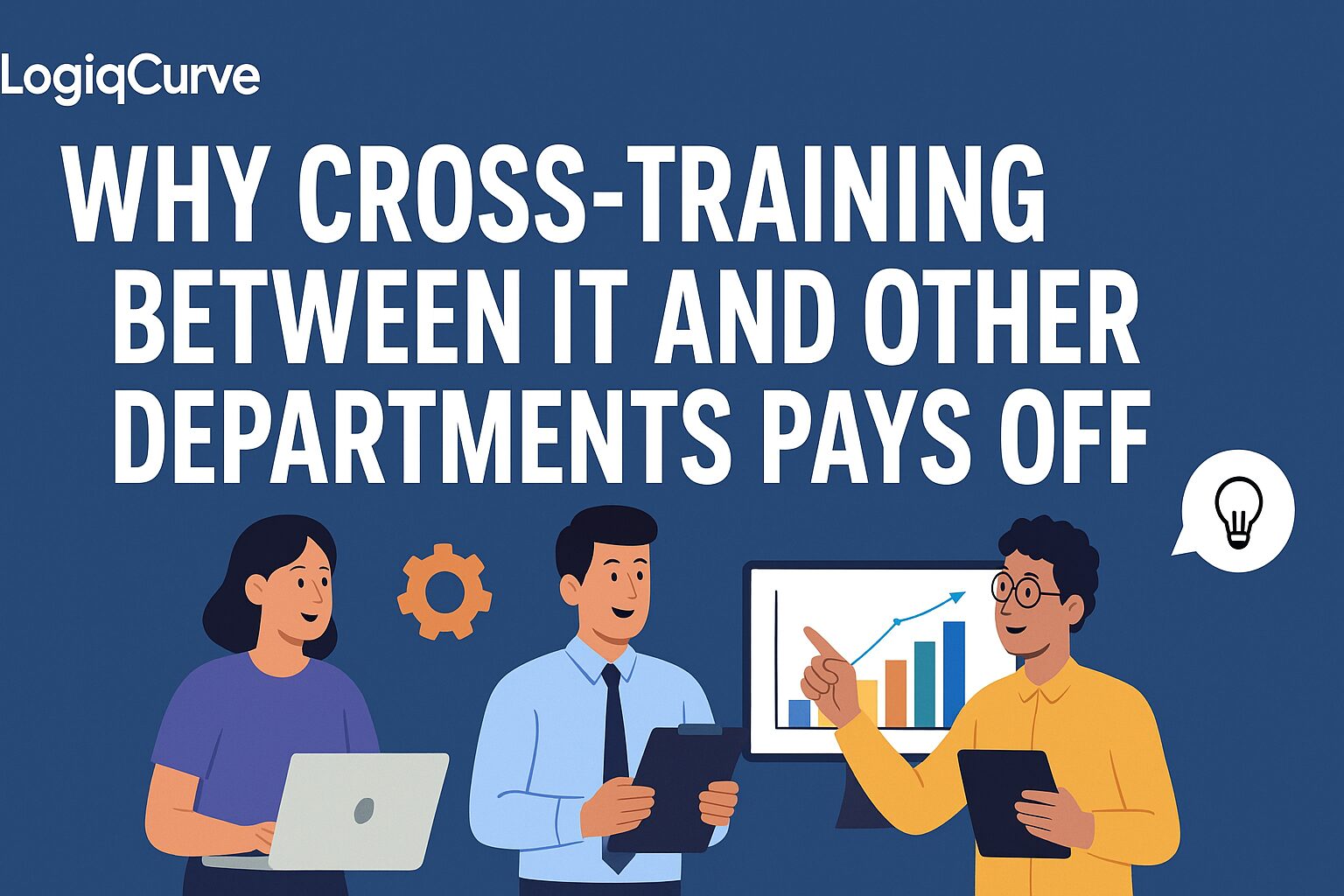On August 7, 2025, OpenAI officially unveiled GPT-5, the company’s most powerful and comprehensive large language model to date. Serving as a unified solution, GPT-5 replaces a range of prior models—including GPT-4 variants (GPT-4o, GPT-4.1, GPT-4.5), the o-series reasoning models, and GPT-4 Turbo—bringing them under one roof
Key Features & Capabilities
PhD-Level Performance: According to CEO Sam Altman, GPT-5 delivers expert-level proficiency across disciplines like coding, writing, math, science, finance, and law
Reasoning Built-In: GPT-5 integrates “thinking” capabilities, enabling it to break down and solve complex problems step by step—dramatically reducing hallucination rates
Unified Model Architecture: A behind-the-scenes router automatically shifts between reasoning and non-reasoning capabilities, streamlining user interactions
Expanded Context Window: GPT-5 supports significantly larger context windows—up to 256,000 tokens, allowing it to process longer documents effectivelyVariants for Versatility: Available in three versions—standard, mini, and nano—GPT-5 caters to diverse needs like performance, cost efficiency, and speed
Customization & Integration: Users can choose conversational personalities (e.g., “Nerd,” “Listener”), customize chat aesthetics, and integrate tools like Gmail and Google Calendar for personalized workflows.Developer & Business Adoption: GPT-5 is available via the OpenAI API with new parameters like
reasoning_effortandverbosity, alongside support for tool chaining and prompt caching OpenAI+1. Tailored versions like GPT-5 Pro with extended reasoning are rolling out to Enterprise and Education users OpenAI.Reliability & Safety: GPT-5 is significantly less prone to providing false or misleading answers. For example, “thinking” responses show up to 80% fewer factual errors compared to OpenAI’s previous o-series models
Real-World Reception & Applications
Enterprise Feedback: Organizations like Amgen report increased accuracy and reliability in workflows powered by GPT-5 OpenAI.
Versus Expectations: While some anticipated a radical leap to Artificial General Intelligence (AGI), many analysts view GPT-5 as a meaningful step forward—labeling it an “evolutionary rather than revolutionary” advance.
Accessibility: GPT-5 is the default for all ChatGPT users, including free-tier accounts (with usage limits). Lower-tier plans (like “mini” and “nano”) are available to balance performance with affordability. Pro users enjoy higher usage caps and access to premium versions
Summary Table
| Feature | Highlights |
|---|---|
| Release Date | August 7, 2025 |
| Model Scope | Replaces GPT-4 variants & o-series models |
| Reasoning & Accuracy | Enhanced step-by-step reasoning, massively reduced hallucinations |
| Context Window | Up to 256K tokens |
| Variants | Standard, Mini, Nano, and Pro (extended reasoning) |
| User Features | Custom personalities, UI themes, Gmail/Calendar integration |
| Use Cases | Coding, research, healthcare, enterprise workflows |
| Access | Available to all users; Pro enables expanded limits and features |
Conclusion
GPT-5 marks a significant milestone in OpenAI’s journey—offering expert-level intelligence, more believable interaction, and the adaptability businesses need in real time. While it doesn’t yet achieve AGI, it raises the bar in AI usability and integration. From customizing dialogues to integrating seamlessly into workflows, GPT-5 is designed for a smarter, more intuitive AI experience.







